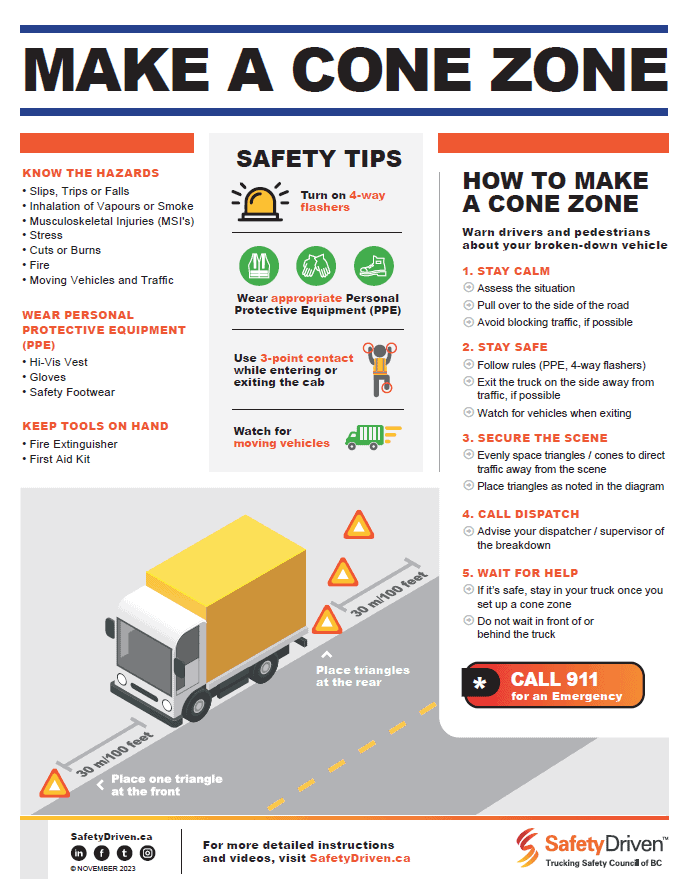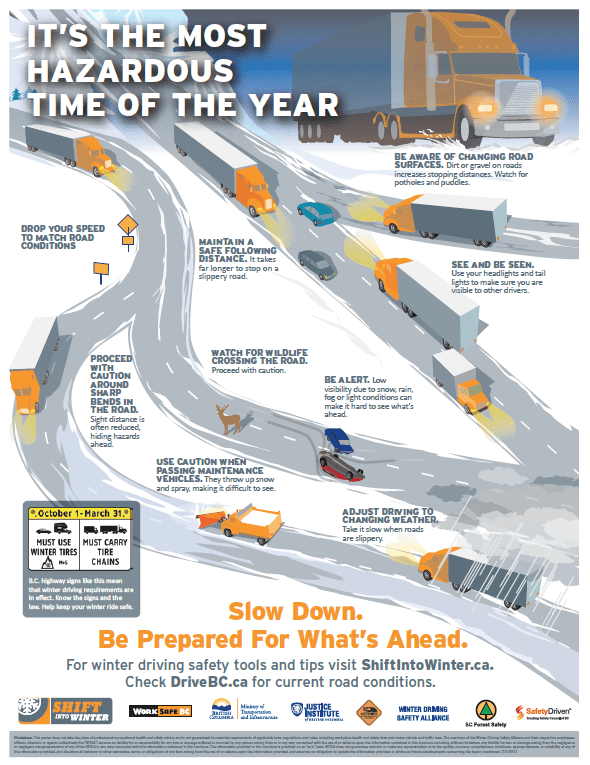
Returning to the Workplace When Your Job Has Changed
We know that many of our members have administrative and sales staff working from home.
Since most of the country is now making bigger bubbles and contemplating school returning in the Fall, many of our members are considering that it’s time to bring those home workers back into the office, perhaps to new roles and certainly to new conditions. We’d like to thank EAP provider Shepell FGI for this timely information.
In the wake of the COVID‐19 pandemic, the world is changing. During these uncertain times, you need to continually adapt and innovate. Change is now the norm for most employees. However, any change, whether it’s positive or negative, personal or professional, can be stressful because it involves the unknown. Most people tend to fear the unknown, but finding ways to embrace the changes in your new role is the key to success.
First, understand the nature of change. Change is something you can’t control, but you can control how you adapt to that change and how you transition from an ending to a new beginning. How you perceive a change often affects your transition. For example, if you see a change as positive and full of opportunities, you’re more likely to embrace it and adapt quickly. However, if you think the change might have a detrimental effect on you then you’re more likely to be resistant. Also, the greater the perceived threat, the greater your resistance and more difficult your transition will be.
Easing the transition. As you venture back into the workplace, you may be returning to a very different role. Here are some tips to embrace change and ease the transition.
Understand the situation. Get as much information as you can about your new role or new responsibilities and how they will affect you. Speak to your manager and co‐workers. However, when discussing organizational changes with co‐workers, remember that their understanding or perspective might be different than yours and often this misunderstanding could spark workplace rumors.
Recognize your reactions to change are normal and part of the transitional process. This process has three main stages:
– Endings. This is a time of loss and regret. You may experience a lot of emotions, including disappointment, sadness, or even anger.
– The Neutral Phase. Changes have begun and you may feel uncertain, anxious, confused, and resistant.
– Beginnings. You’ve accepted the new reality and understand our new role. We are more optimistic about the future.
Have a positive attitude and an open mind. Walking into a new role abruptly can be frustrating and stressful, but it can also be professionally advantageous. Focus on how things might benefit you and what new skills you may need to acquire. Look into online learning platforms for skills courses, some of which may be offered at no cost.
Think long‐term. Changes that your organization needs to make during this challenging time and the transitional period may cause some upheaval before the long‐term rewards become clear. Remind yourself that current uncertainties will pass. Do what you do as best as you can. Workplace changes can consume everyone’s time and attention and that can cause productivity and efficiency to slip. Keep communicating with your manager to build on your new role and performing your job to the best of your ability, and remain focused on your own performance.
Be flexible. This can be an opportunity to help influence change and become the go‐to person on your team. Demonstrating a willingness to accept new challenges and help co‐workers will also make people more likely to support you and your professional goals. Manage your stress. Find healthy ways to cope with stress—a walk, a long run, yoga, meditation, massage, or take a few minutes to read a book or listen to music.
Build a support team. Talking about your concerns and feelings with trusted friends and family members helps keep things in perspective. If you are feeling overwhelmed, reach out to your organization’s assistance program for resources and support.
Maintain a sense of humor. This can help keep stressful situations in perspective.
Finally, remember that nothing stays the same. Circumstances could change again soon. If you’re able to maintain a good attitude, you’ll keep your options open. You might even find unanticipated benefits!
Visit our website for more topics like health and wellness, COVID-19 resources, and managers and supervisor tools
Latest Resources
Make a Cone Zone
Dowload this poster for tips on how to make a safe cone zone.Winter Hazards Poster
Drivers need to recognize winter hazards. Share this poster to remind drivers how to ...

